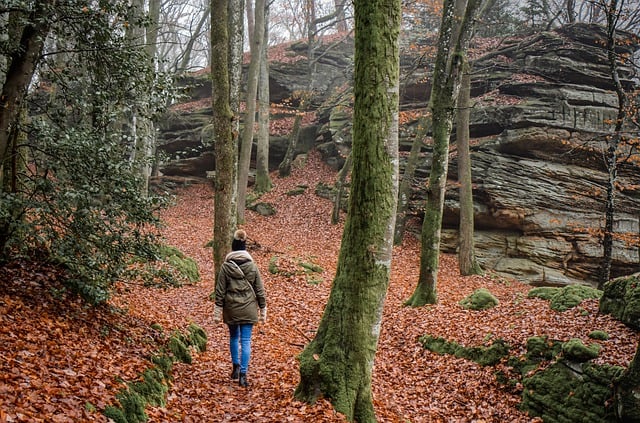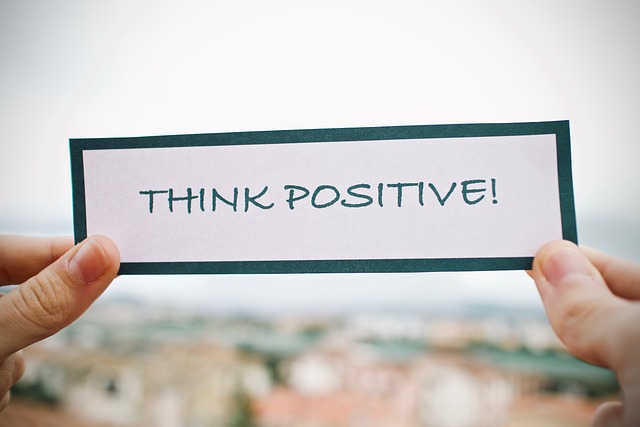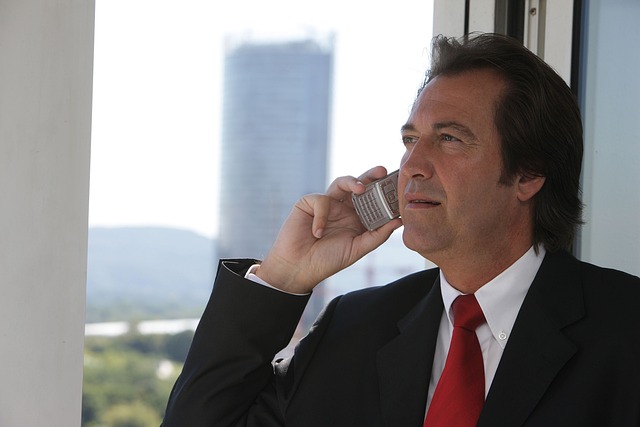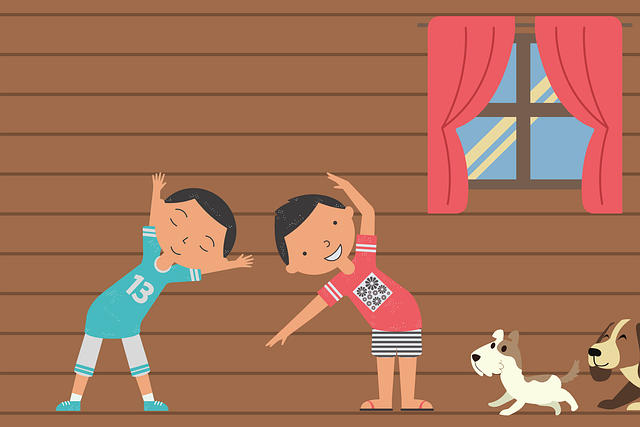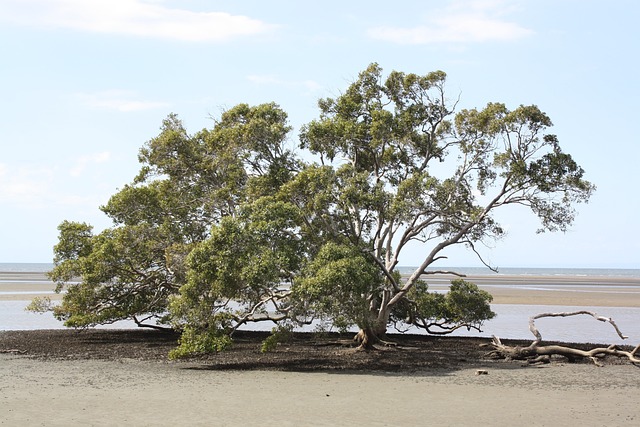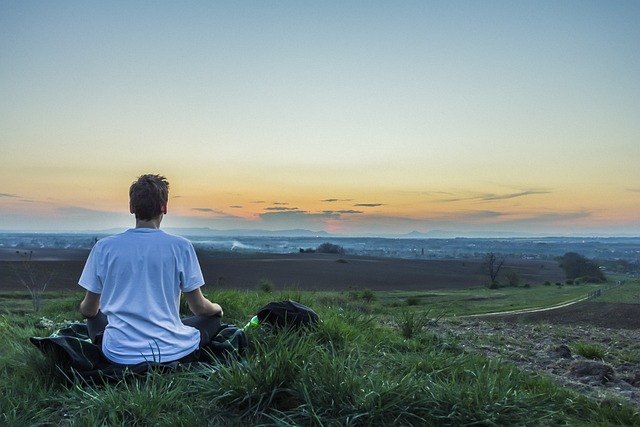Marvin Belzer, Assistant Director of MARC, UCLA, in a recent guided meditation podcast provides some insights into what is required to sustain the practice of meditation. He suggests, for example, that “willingness” is the essence of sustainability in relation to meditation. We have to be willing to give it a go, be patient to stay with the process and avoid any attempt or pressure to achieve perfection. Some of his insights for sustainability, after 30 years of his own mindfulness practice, include the following.
Choose an anchor that is natural and comfortable for you
It is really important to choose an anchor that is easy for you and assists you to sustain the effort needed for meditation. An anchor helps you to focus your attention, sustain the focus and serves as a point of return when you experience distractions. The more common anchors are sounds (within your room or external), bodily sensations and your breath. With sounds, it is important to just tune into what is happening around you but not attempt to identify the sounds (or source) or evaluate them in terms of pleasant/unpleasant, soft/loud or any other evaluation criteria. The essence of sound as an effective anchor is the process of “tuning in”. A focus on bodily sensations can be achieved through a body scan or a simple focus on a particular area of your body. With your breath as an anchor, it helps to focus on where you experience the process of breathing, e.g., abdomen, nose or chest. You are not attempting to control your breath but just to pay attention to the “in-breath”, the “out-breath” and the space between. I find that a focus on breathing is easier for me than sounds because I find the latter distracting if I am inside a room. However, if I am outside, I find it easier to focus on the sounds of birds, both those that are nearby and those further away. It is important to be aware of the need to choose a “trauma-sensitive” anchor if a particular anchor elicits a trauma response (a rare occurrence, but a reality for some people).
Keep it simple
Marvin emphasises the simplicity of meditation. You do not have to “perform” or achieve “mastery” to gain the benefits of meditation practice. It does not involve a process of ongoing measurement or evaluation against some yardstick. There will be days when meditation will feel easy and natural and other days when it is difficult because of what is going on in your life at the time and your level of health/wellness. The amount of time you have available for meditation can also impact your experience of it.
Choose a meditation practice suited to you and your available time
You do not have to master all possible forms of meditation (which are numerous). For sustainability, it is important that you try to focus on a particular form of meditation that suits you and your lifestyle. Some people like to sit quietly in their home, others like to meditate externally in nature, while others like an active meditation process such as movement meditation. Some people prefer to employ meditation within a yoga framework. I find that Tai Chi is the form of meditation that I can practise more regularly because I have spent a lot of my life in activities such as playing tennis, bike riding, competitive athletics and walking. Some people find that mantra meditations or chanting suits them best and their situation. Tina Turner, for example, found that chanting a particular mantra enabled her to achieve balance in times of adversity, which were sometimes extreme such as being an abusive relationship.
Remind yourself of the benefits that accrue as you meditate
Recalling the benefits of meditation practice provides positive reinforcement for your practice and helps you to sustain the effort. Invariably, you can experience calmness, equanimity and clarity if you persist. However, there may be particular benefits that you experience that are personal to you, e.g., reduction in difficult emotions, better stress management or ease in daily life. I find that Tai Chi helps me to play tennis better because it improves my reflexes, coordination, concentration and flexibility. The flow-over benefits of Tai Chi for my tennis performance (and enjoyment of social tennis) are a source of reinforcement for my mindfulness practice.
Reflection
Marvin reinforces the need to not be discouraged when you experience distractions such as planning thinking or strong emotions. It is natural, no matter how experienced you are, to find distractions intruding into your meditation practice. You can acknowledge the distracting thought or planning process and return to your focus. I find that planning my day is a major source of distraction for me during meditation but recognising this, I have adopted the practice of just naming what is happening and returning to my anchor. Marvin suggests that with emotions you experience during meditation, you can just notice what they are like and how you experience them in your body, e.g. anxiety might be experienced as tightness in your chest or stomach. After tuning in to the emotion and its bodily manifestation, he encourages you to return to your anchor. The very act of continually returning to your anchor after a distraction serves to build your awareness muscle and your capacity to sustain concentration. As we grow in mindfulness through sustained meditation practice, we will experience an ever-widening range of benefits that will serve, in turn, to reinforce our practice.
________________________________
Image by Pawel Grzegorz from Pixabay
By Ron Passfield – Copyright (Creative Commons license, Attribution–Non Commercial–No Derivatives)
Disclosure: If you purchase a product through this site, I may earn a commission which will help to pay for the site, the associated Meetup group, and the resources to support the blog.

